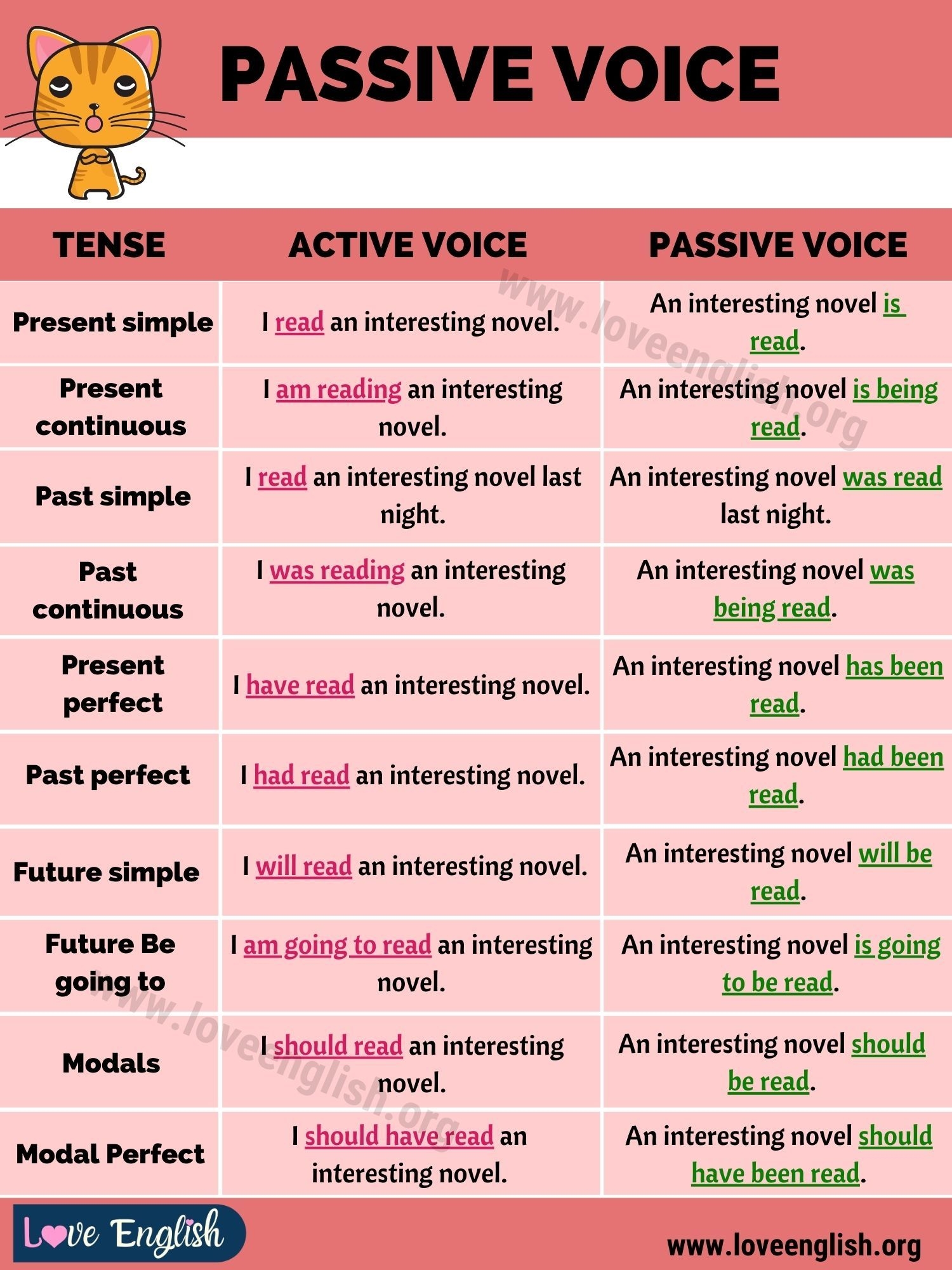In the world of writing, understanding the concept of passive voice is crucial. It can greatly impact the clarity and effectiveness of your writing. Passive voice is a grammatical construction where the subject of the sentence is the recipient of the action, rather than the doer.
While passive voice is not inherently wrong, overusing it can lead to unclear and convoluted writing. Writers are often advised to use active voice whenever possible, as it tends to be more direct and engaging for the reader.
What is Passive Voice?
Passive voice occurs when the subject of the sentence is acted upon by the verb. This often results in sentences that are wordy, indirect, and lacking in clarity. For example, “The book was read by her” is passive, while “She read the book” is active.
One common use of passive voice is when the doer of the action is unknown or unimportant. For example, “Mistakes were made” avoids assigning blame to a specific person. Passive voice can also be used to emphasize the action rather than the doer, as in “The cake was eaten in minutes.”
However, overusing passive voice can lead to writing that is dull and lacking in energy. Active voice, on the other hand, is more direct and engaging. It clearly identifies the doer of the action and makes the writing more dynamic. For example, “The dog chased the ball” is more vivid than “The ball was chased by the dog.”
When revising your writing, it’s important to be mindful of your use of passive voice. Look for opportunities to rewrite passive sentences in the active voice to improve clarity and engagement. By striking a balance between passive and active voice, you can create writing that is both clear and engaging for your readers.
In conclusion, understanding passive voice in writing is essential for creating clear and effective communication. While passive voice has its place, it’s important to use it judiciously and be aware of its impact on the readability of your writing. By mastering the use of passive and active voice, you can elevate your writing to a new level of clarity and engagement.
